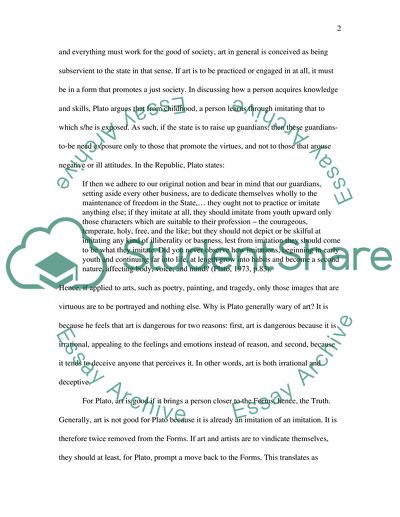Cite this document
(“Plato and Cinema Essay Example | Topics and Well Written Essays - 2000 words”, n.d.)
Plato and Cinema Essay Example | Topics and Well Written Essays - 2000 words. Retrieved from https://studentshare.org/visual-arts-film-studies/1712964-philosophy-and-cinema-major-essay-paper-2000-to-2500-words
Plato and Cinema Essay Example | Topics and Well Written Essays - 2000 words. Retrieved from https://studentshare.org/visual-arts-film-studies/1712964-philosophy-and-cinema-major-essay-paper-2000-to-2500-words
(Plato and Cinema Essay Example | Topics and Well Written Essays - 2000 Words)
Plato and Cinema Essay Example | Topics and Well Written Essays - 2000 Words. https://studentshare.org/visual-arts-film-studies/1712964-philosophy-and-cinema-major-essay-paper-2000-to-2500-words.
Plato and Cinema Essay Example | Topics and Well Written Essays - 2000 Words. https://studentshare.org/visual-arts-film-studies/1712964-philosophy-and-cinema-major-essay-paper-2000-to-2500-words.
“Plato and Cinema Essay Example | Topics and Well Written Essays - 2000 Words”, n.d. https://studentshare.org/visual-arts-film-studies/1712964-philosophy-and-cinema-major-essay-paper-2000-to-2500-words.


